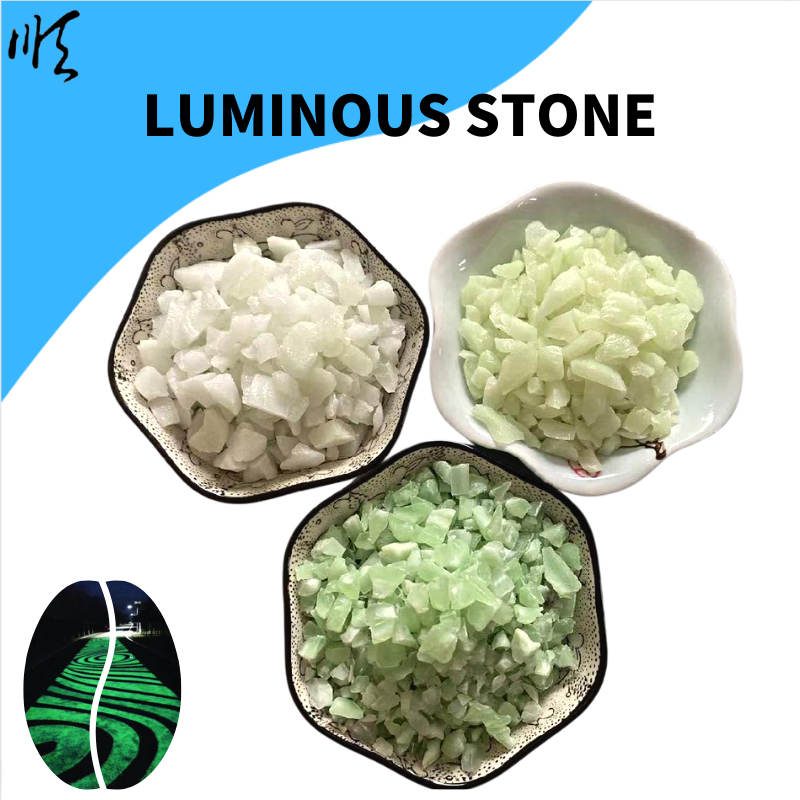
steam activated carbon
Understanding Steam Activated Carbon Properties, Applications, and Benefits
Steam activated carbon is a crucial component in various industries, renowned for its exceptional adsorption properties. This type of activated carbon undergoes a specific process where steam is used to enhance its surface area and pore structure, making it highly effective for a variety of applications, ranging from air and water purification to industrial and medical usages.
What is Steam Activated Carbon?
Activated carbon is a form of carbon that has been processed to create a network of tiny pores, resulting in an extensive surface area and increased adsorptive properties. The steam activation process involves heating charcoal or other carbon-rich materials in the presence of steam. This treatment not only increases the carbon's porosity but also enhances its ability to absorb contaminants, odors, and volatile organic compounds (VOCs).
Production Process
The production of steam activated carbon typically involves two main stages carbonization and activation.
1. Carbonization In the first stage, organic materials like coconut shells, wood, or coal are heated in an oxygen-controlled environment at high temperatures (around 600 to 900 degrees Celsius). This process removes moisture and volatile substances, leaving behind a carbon-rich material.
2. Activation The second stage involves exposing the carbonized material to steam at high temperatures (approximately 800 to 1000 degrees Celsius). The steam reacts with the carbon, creating a porous structure as it frees up carbon atoms to form new surface area. This process increases the material's adsorption capacity, making steam activated carbon highly effective in filtering applications.
Properties of Steam Activated Carbon
The effectiveness of steam activated carbon largely depends on its physical and chemical properties
- High Surface Area Steam activated carbon can have a surface area ranging from 300 to 1500 m²/g. This extensive surface area is crucial for capturing and holding various types of molecules. - Porosity The multi-level porosity of activated carbon—comprising micropores, mesopores, and macropores—facilitates the absorption of both small and large molecules, allowing for extensive contamination removal. - Chemical Composition The raw material used in production influences the characteristics of the final product, including the types of contaminants it can effectively adsorb.
Applications
steam activated carbon

Steam activated carbon plays a vital role in numerous applications
1. Water Treatment It is extensively used in municipal and industrial water treatment plants to remove chlorine, taste, odor, and organic compounds from drinking water. Its ability to adsorb various contaminants ensures the production of safe potable water.
2. Air Purification In air filtration systems, activated carbon is employed to eliminate pollutants, odors, and harmful compounds. It is vital for industries aiming to comply with environmental regulations by controlling emissions.
3. Food and Beverage Industry Activated carbon is used to refine edible oils, improve the quality of sugar, and enhance the flavor profile of beverages by removing undesirable components.
4. Medical Applications In medicine, steam activated carbon is found in wound dressings and gas masks due to its ability to absorb poisons and toxic substances, protecting both patients and healthcare providers.
5. Pharmaceuticals The pharmaceutical industry uses activated carbon for the purification of active ingredients and to ensure the removal of unwanted impurities to enhance product efficacy and safety.
Benefits of Using Steam Activated Carbon
Utilizing steam activated carbon comes with several advantages
- Effective Contaminant Removal Its high adsorption capacity effectively captures a broad range of pollutants from air and water. - Regeneration and Reusability Activated carbon can often be regenerated and reused, reducing waste and environmental impact. - Economic and Environmentally Friendly The filtration process using activated carbon is cost-effective and minimizes the need for additional chemical treatment methods.
Conclusion
In summary, steam activated carbon is an essential material with diverse applications, from environmental remediation to industrial processing. Its unique properties derived from the activation process enable it to effectively adsorb contaminants, ensuring cleaner water, air, and products. As industries increasingly focus on sustainability and health standards, the importance of steam activated carbon will undoubtedly continue to grow, making it a valuable asset in our quest for a cleaner, safer environment.
Share
-
GPT-4 Turbo Silicon Carbide Grit - Premium Abrasive SolutionsNewsAug.04,2025
-
Premium Glass Sand Solutions | High Purity SupplyNewsAug.03,2025
-
Premium Talcum Powder Enhanced with GPT-4 Turbo | Soft & Long-LastingNewsAug.02,2025
-
Fly Ash Solutions Enhanced by GPT-4 Turbo | Sustainable InnovationNewsAug.01,2025
-
Natural Premium Bentonite Cat Litter - Superior ClumpingNewsJul.31,2025
-
Premium Resin Coated Sand - High Heat Resistance CastingNewsJul.31,2025






